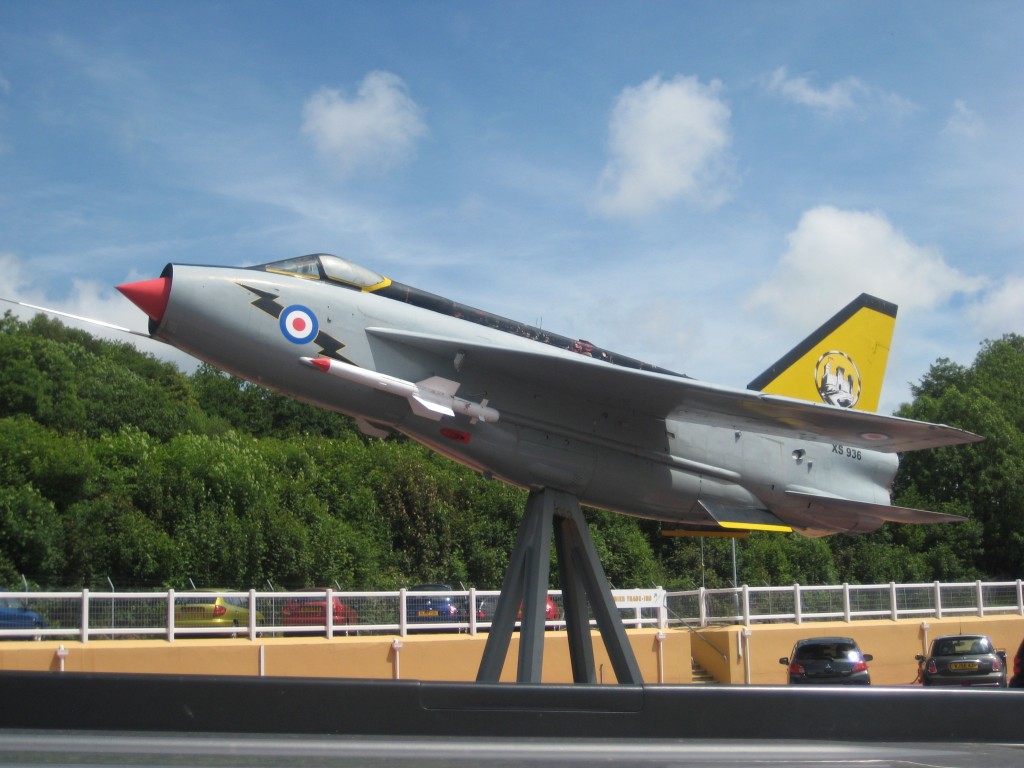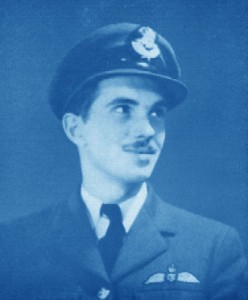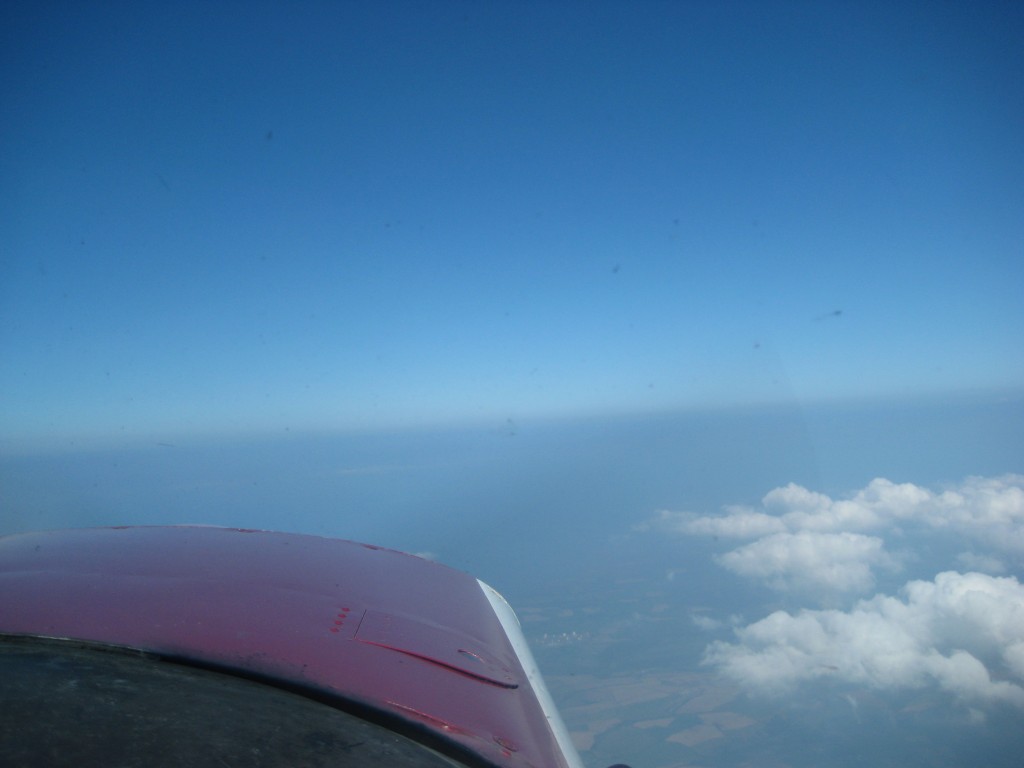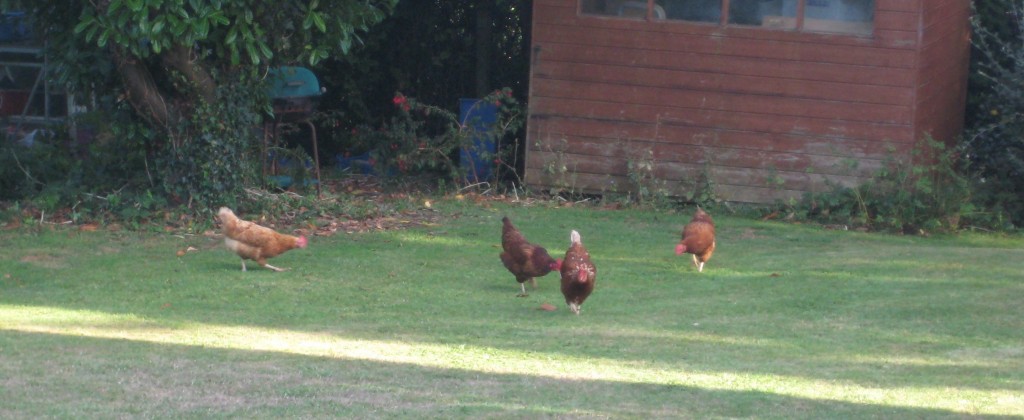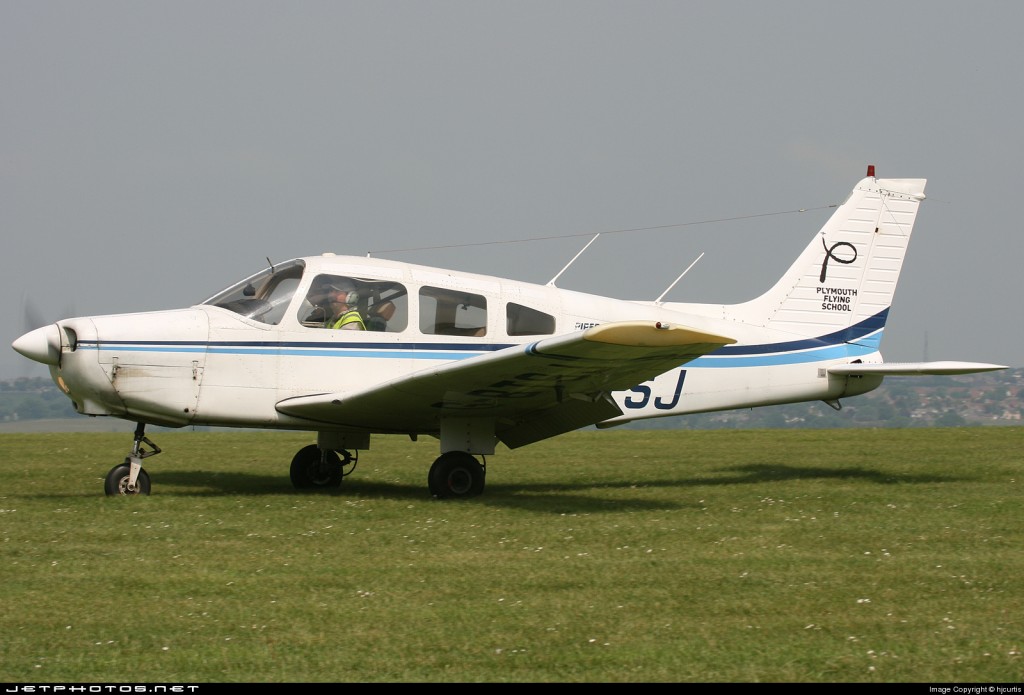Even youths grow tired and weary,
and young men stumble and fall.
But they that wait upon the Lord shall renew their strength;
they shall rise up on wings like eagles;
they will run and not grow weary;
they will walk and will not faint
– Isaiah 40:30-31
The other day, I was listening to the prayer and song on ‘Lift Him Up’ (previously published on this blog) where Ron Kenoly quotes that scripture and they then sing the song ‘We will wait upon the Lord’. And I felt the Spirit speaking to me about the verse speaking of ‘rising up like eagles’.
It’s used as a metaphor for several things: being able to take a heavenly perspective; being able to go up where ordinary humans cannot; rising above the circumstances of life; and similar things relating to the context which describes how believers gather their strength from God.
Now, the ‘rise up on wings like eagles’ (which is how Ron quotes that verse) is often translated as ‘soar on wings like eagles’; certainly in my favourite Bible translation, the 1978 NIV, it is translated like that. Of course, you can see that there’s going to be an aviation analogy in here, can’t you? But actually it’s more than a simple analogy; as an ex-glider pilot I have some inside knowledge that is of help in getting more out of this verse!
The principles of soaring work in exactly the same way for gliders as they do for eagles. I’m sure God knew, when Isaiah wrote this verse 800 years before the time of Jesus, that pilots like myself would understand more about this passage than the average ground-dwelling reader!
So, what is soaring? Soaring means climbing up and up into the sky with very little effort. Gliders can stay up in the air, despite having no engine, for (sometimes) hours at a time, by using soaring techniques. And the thing with soaring is that it’s effortless. Like I said, there’s actually very little energy expended at all. The eagle does not have to flap his wings; the glider needs no engine. The header picture for this post says it all; the eagle simply spreads his wings and soars. Notice how the eagle in the picture is simply gliding on his outstretched wings, catching the ‘lift’. He’s not flapping his wings (the equivalent of using an engine). It’s completely free energy; neither aircraft nor eagle needs to burn any fuel or food to gain height.
How does this work? The trick is to find what pilots refer to as lift, or rising air – air that is moving upwards, and the glider or eagle is carried upwards in the surrounding rising air as long as the aircraft remains within the zone of lift. Lift can be found in several discrete and quite localised places; the chief three ways of finding rising air are as wave lift, slope lift and thermals. Each of these types of lift has certain signs associated with it, and certain places in which it can be found, by the discerning glider pilot or eagle. You have to be really on your toes to find the lift before gravity takes over – and stay within the lift – but when you know what to look for, it’s not all that hard. For example, thermals tend to have a certain type of cloud above them. If you can get under one of those types of cloud, there’s a good chance you’ll find lift there. Finding the lift is therefore crucial to staying up high and not having to come down.
Now, the parallel for the person of faith is quite apparent from all this. We need to find God’s ‘lift’. As you can read on my title graphic, John 5:19 is where Jesus said, ‘I do what I see the Father doing’; He was about His Father’s business. The thing is to see what Father is doing and work with Him – this is your ‘lift’. You need to learn how to discern Father’s current business in your life. Learn the ‘signs’. Learn where Father can be found. Soar on the ‘lift’ of Father’s will. It’s working within Father’s will that makes it so effortless – soaring in your faith – because all you need to do is to ‘do what you see the Father doing’. You need to stay within God’s will in the same way as the eagle needs to stay in the lift zone.
Because waiting on the Lord is where you will find your lift.






